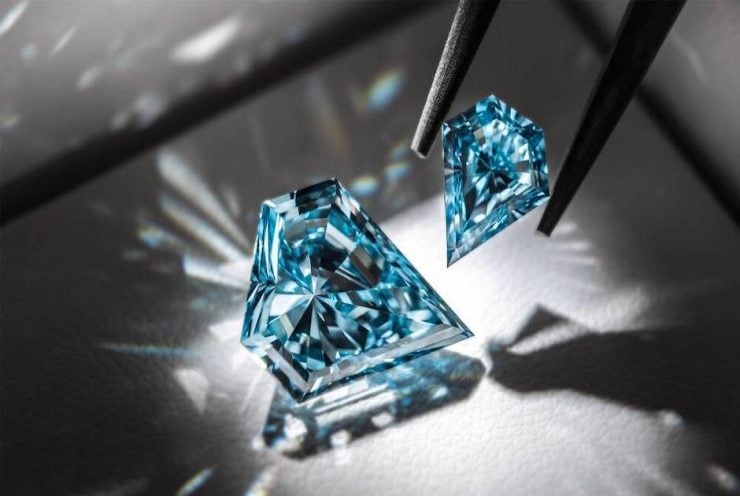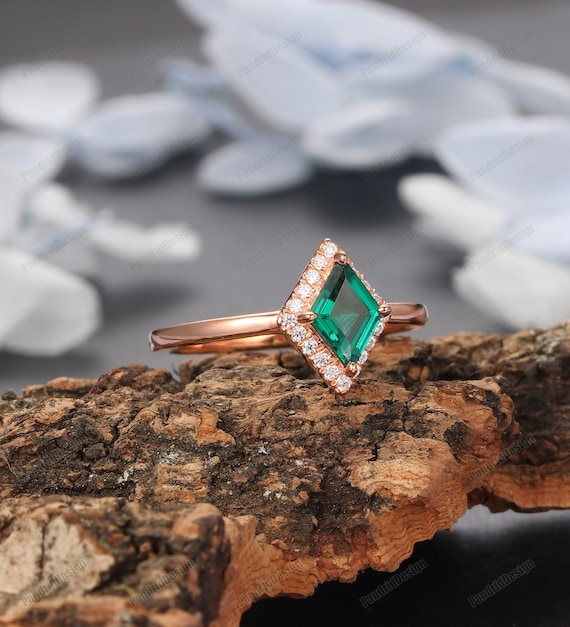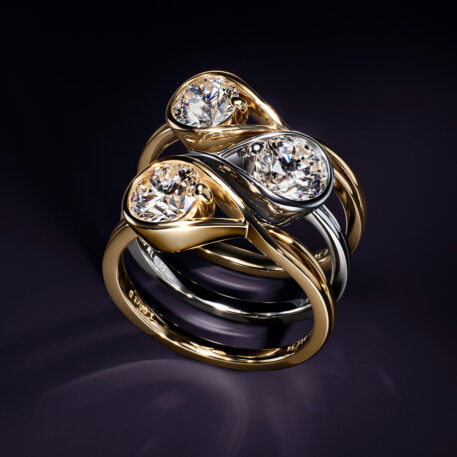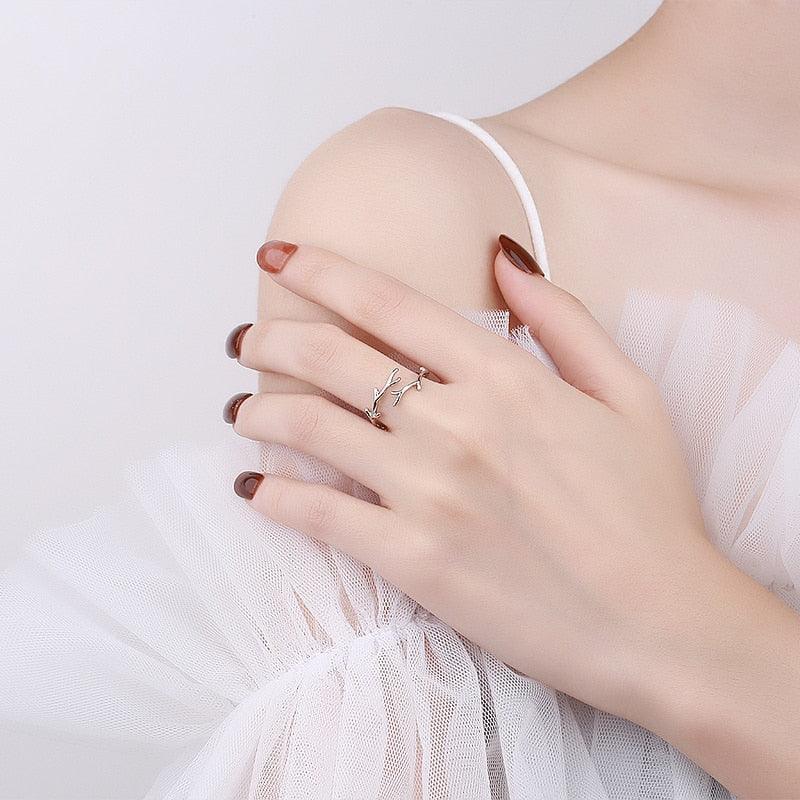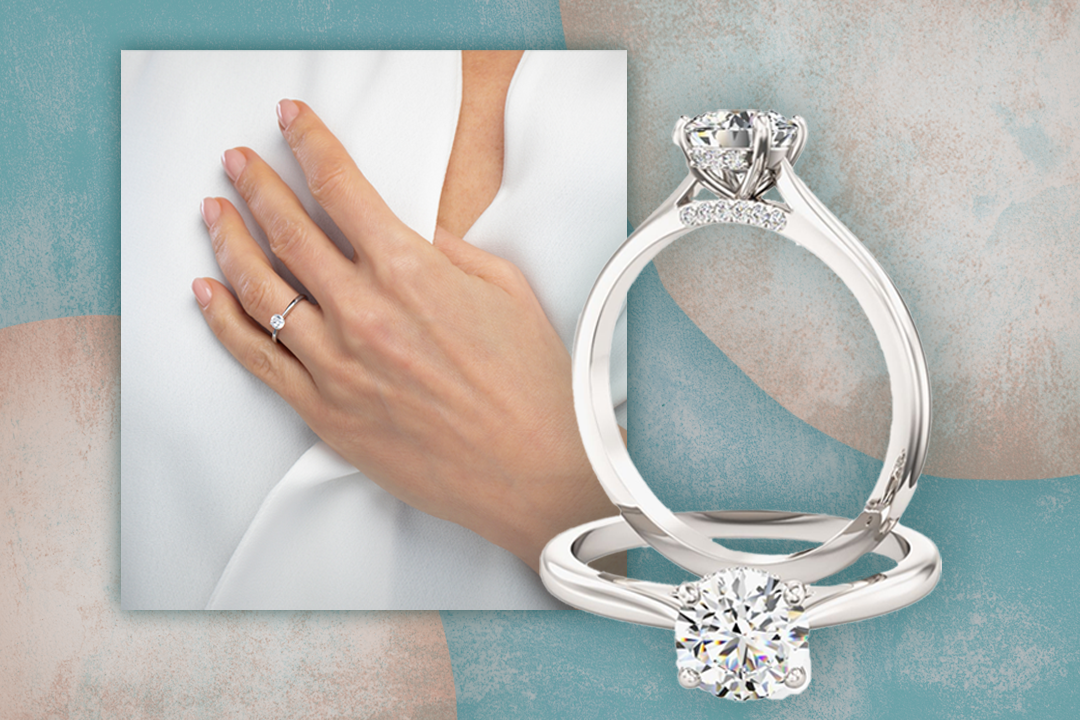When it comes to lab grown diamonds 4Cs understanding the 4Cs—Cut, Color, Clarity, and Carat Weight—is essential. These factors not only determine the quality and appearance of the diamond but also play a significant role in its value. Let’s delve into each of these aspects in detail.
Cut: The Craftsmanship Behind Brilliance
The cut of a diamond is perhaps the most critical of the 4Cs. It refers to how well a diamond has been cut and polished from its rough form. This factor influences how light interacts with the diamond, contributing to its brilliance and sparkle.
Understanding Diamond Cut Grades
Excellent: Diamonds with an excellent cut reflect nearly all the light that enters, resulting in exceptional brilliance and fire.
Very Good: These diamonds reflect most of the light that enters them, providing a high level of brilliance.
Good: A good cut diamond reflects a substantial amount of light, still achieving a pleasing sparkle.
Fair: Fair cut diamonds reflect some light but less than good cut diamonds.
Poor: These diamonds reflect very little light, resulting in significantly less brilliance.
Lab grown diamonds can achieve the same high-quality cuts as mined diamonds, ensuring that they exhibit comparable brilliance and fire.
Color: The Subtle Differences in Hue
The color of a diamond ranges from completely colorless to varying shades of yellow and brown. The most prized diamonds are those that are colorless, as they allow the most light to pass through, enhancing their sparkle.
Diamond Color Grading Scale
D-F (Colorless): These diamonds are the rarest and most valuable. They exhibit no color and allow the maximum amount of light to pass through.
G-J (Near Colorless): Diamonds in this range appear colorless to the untrained eye but may show slight color when examined closely.
K-M (Faint Color): These diamonds have a faint yellow or brown tint.
N-R (Very Light Color): Diamonds in this range show a noticeable color.
S-Z (Light Color): These diamonds have an obvious color, which is visible to the naked eye.
Lab grown diamonds are also graded on this scale, ensuring buyers can select diamonds with the desired level of colorlessness.
Clarity: The Intricacies Within
Clarity refers to the absence of inclusions and blemishes in a diamond. Inclusions are internal flaws, while blemishes are external. The fewer inclusions and blemishes, the higher the clarity grade.
Diamond Clarity Grading Scale
FL (Flawless): No inclusions or blemishes visible under 10x magnification.
IF (Internally Flawless): No inclusions and only minor blemishes visible under 10x magnification.
VVS1 and VVS2 (Very, Very Slightly Included): Inclusions are difficult to see even under 10x magnification.
VS1 and VS2 (Very Slightly Included): Inclusions are visible under 10x magnification but are minor.
SI1 and SI2 (Slightly Included): Inclusions are noticeable under 10x magnification and may be visible to the naked eye.
I1, I2, and I3 (Included): Inclusions are obvious under 10x magnification and may affect transparency and brilliance.
Lab grown diamonds, like natural diamonds, can achieve high clarity grades, offering clear and visually appealing stones.
Carat Weight: Measuring Size
Carat weight measures the size of the diamond. One carat is equal to 200 milligrams. Larger diamonds are rarer and thus more valuable, but two diamonds of equal carat weight can have different values based on the other 3Cs.
Understanding Carat Weight
0.25 carats: Often referred to as a quarter-carat diamond.
0.50 carats: Known as a half-carat diamond.
1.00 carat: The benchmark for many buyers, this diamond weighs 200 milligrams.
2.00 carats and above: Considered large diamonds, their value increases significantly.
Lab grown diamonds are available in the same range of carat weights as mined diamonds, offering a wide selection for buyers seeking specific sizes.
Comparing Lab Grown Diamonds to Mined Diamonds
Lab grown diamonds are created in a controlled environment using advanced technological processes that replicate the conditions under which natural diamonds form. Here’s how they compare to mined diamonds across the 4Cs:
Cut: Both lab grown and mined diamonds can be cut to the same standards, achieving identical brilliance and fire.
Color: Lab grown diamonds are available in the same color lab diamonds lab grown diamonds to achieve high clarity grades, often with fewer inclusions than natural diamonds.
Carat Weight: Lab grown diamonds can be produced in a wide range of carat weights, matching the availability of mined diamonds.
Advantages of Lab Grown Diamonds
Choosing lab grown diamonds offers several benefits:
Ethical Sourcing: Lab grown diamonds are conflict-free, providing peace of mind regarding their origin.
Environmental Impact: The production of lab grown diamonds has a smaller environmental footprint compared to traditional mining.
Cost Efficiency: Lab grown diamonds typically cost 20-40% less than mined diamonds of comparable quality, offering better value.
Conclusion
Understanding the 4Cs of lab grown diamonds—Cut, Color, Clarity, and Carat Weight—is crucial for making an informed purchase. These factors collectively determine a diamond’s beauty, quality, and value. Lab grown diamonds offer a sustainable, ethical, and cost-effective alternative to mined diamonds without compromising on quality. As technology advances, the popularity of lab grown diamonds continues to rise, making them an excellent choice for discerning buyers.

